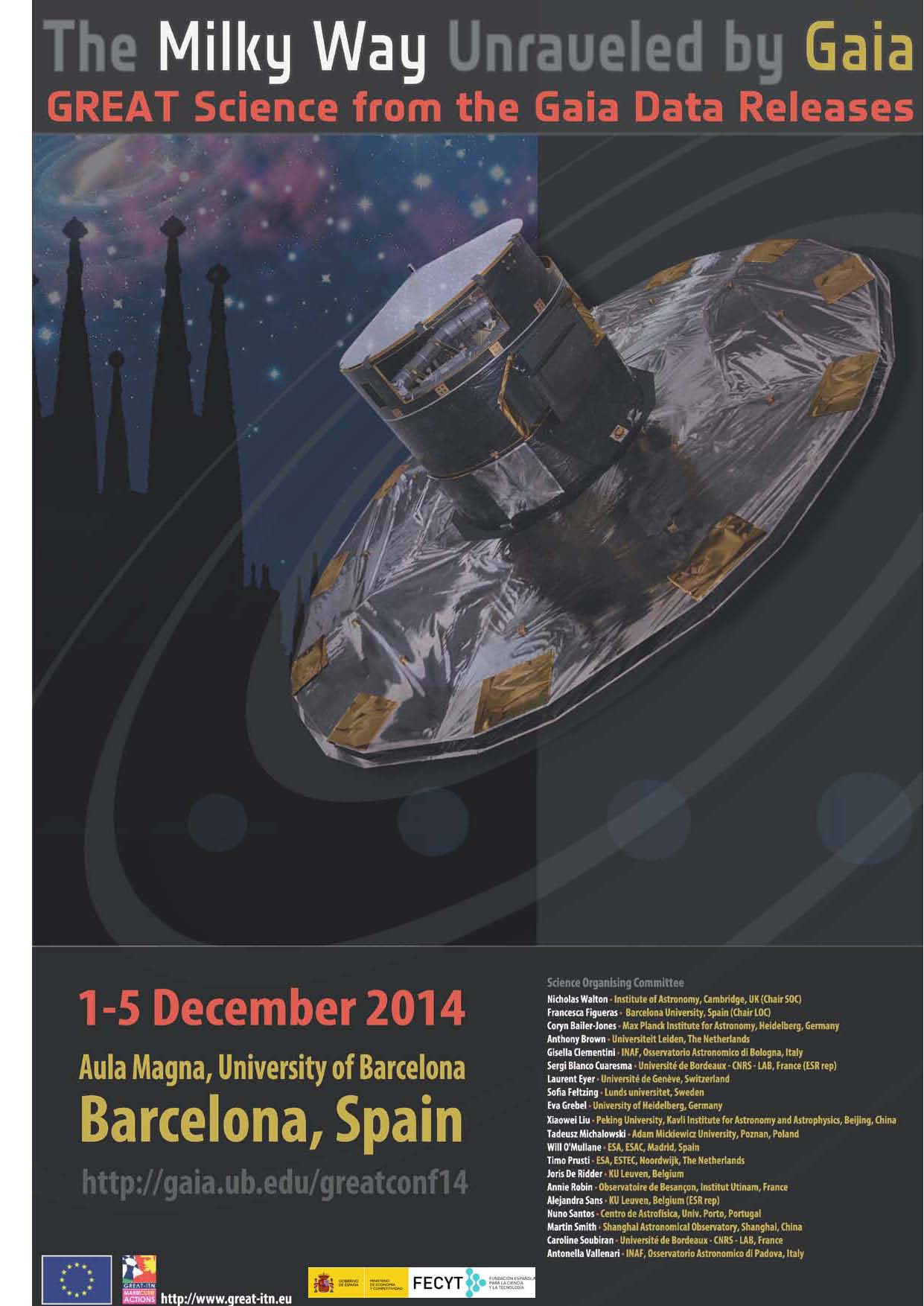Tomography of star-forming regions with VLBI radio interferometers
Laurent Loinard (CRyA, UNAM, Mexico)
Very Long Baseline Interferometry (VLBI) at radio wavelengths can currently provide astrometry accurate to better than a few tens of micro-arcseconds (i.e. comparable with GAIA) without being limited by dust obscuration. This implies that unlike GAIA, VLBI can be applied to star-forming regions independently of their internal and line-of-sight extinction. Low-mass young stellar objects (particularly T Tauri stars) are often non-thermal compact radio emitters, ideal for astrometric radio continuum experiments. Through VLBI observations of such active T Tauri stars in nearby regions (e.g.\ Taurus, Ophiuchus, or Orion), we have been able to start reconstructing both the regions' 3D structure (through parallax measurements) and their internal kinematics (through proper motions). Thus astrometric VLBI observations enables"tomography mapping" of star-forming regions. In this talk I will present the results that we have obtained so far, and discuss a large on-going VLBA project called "The Gould's Belt Distances Survey" that will extend these observations to dozens of young stars distributed across the most prominent nearby regions of star-formation.Topic revision: r1 - 2014-11-28 - SusanaBascon
Ideas, requests, problems regarding TWiki? Send feedback

